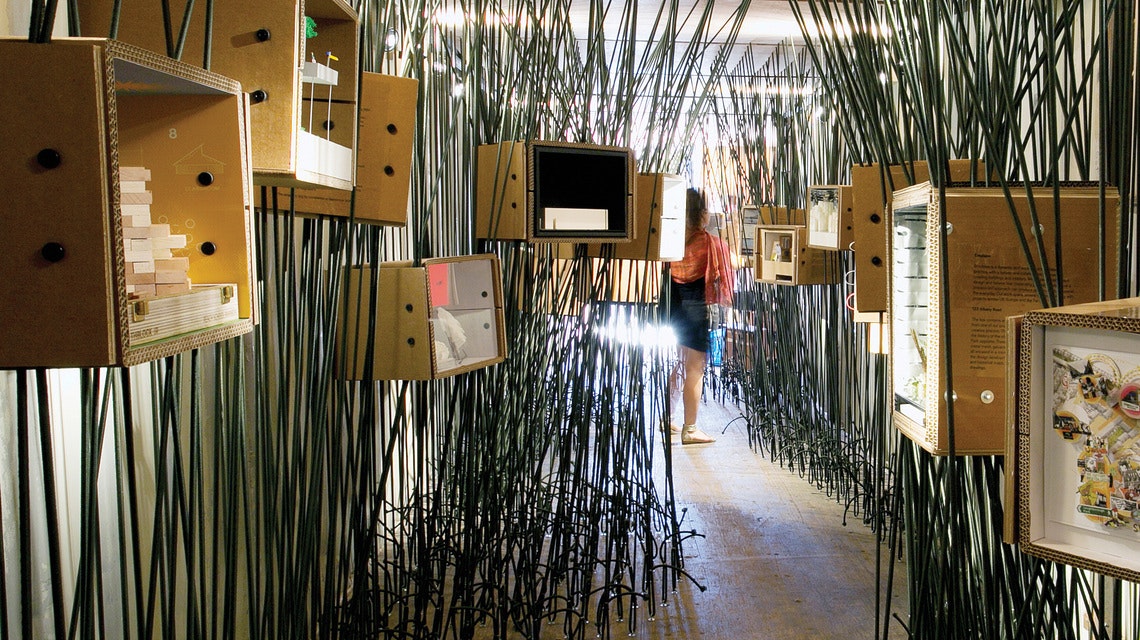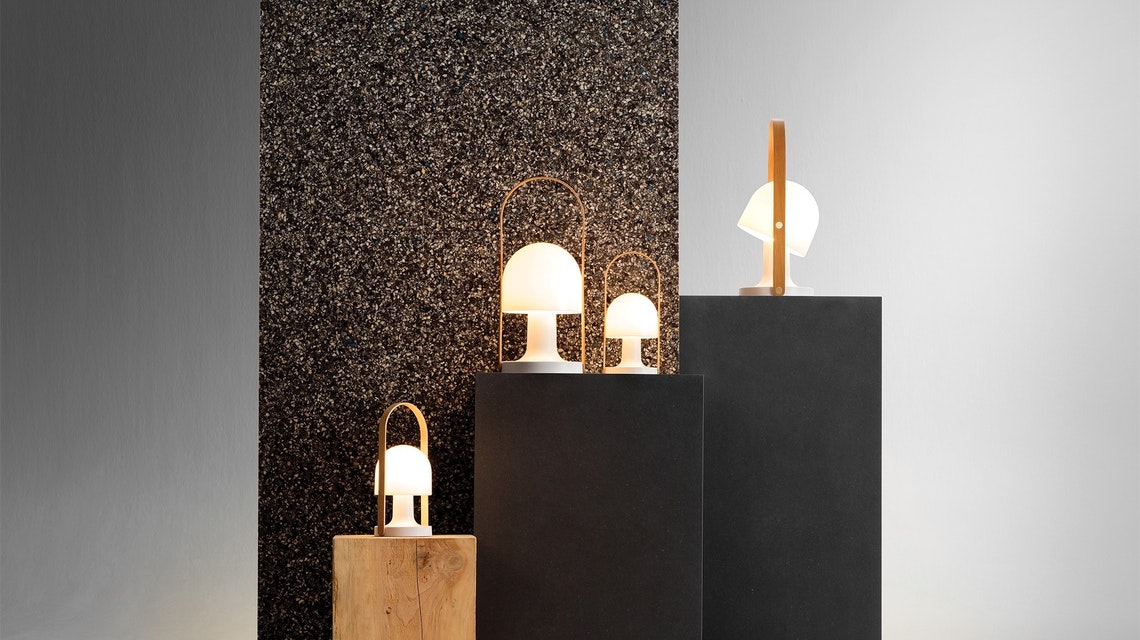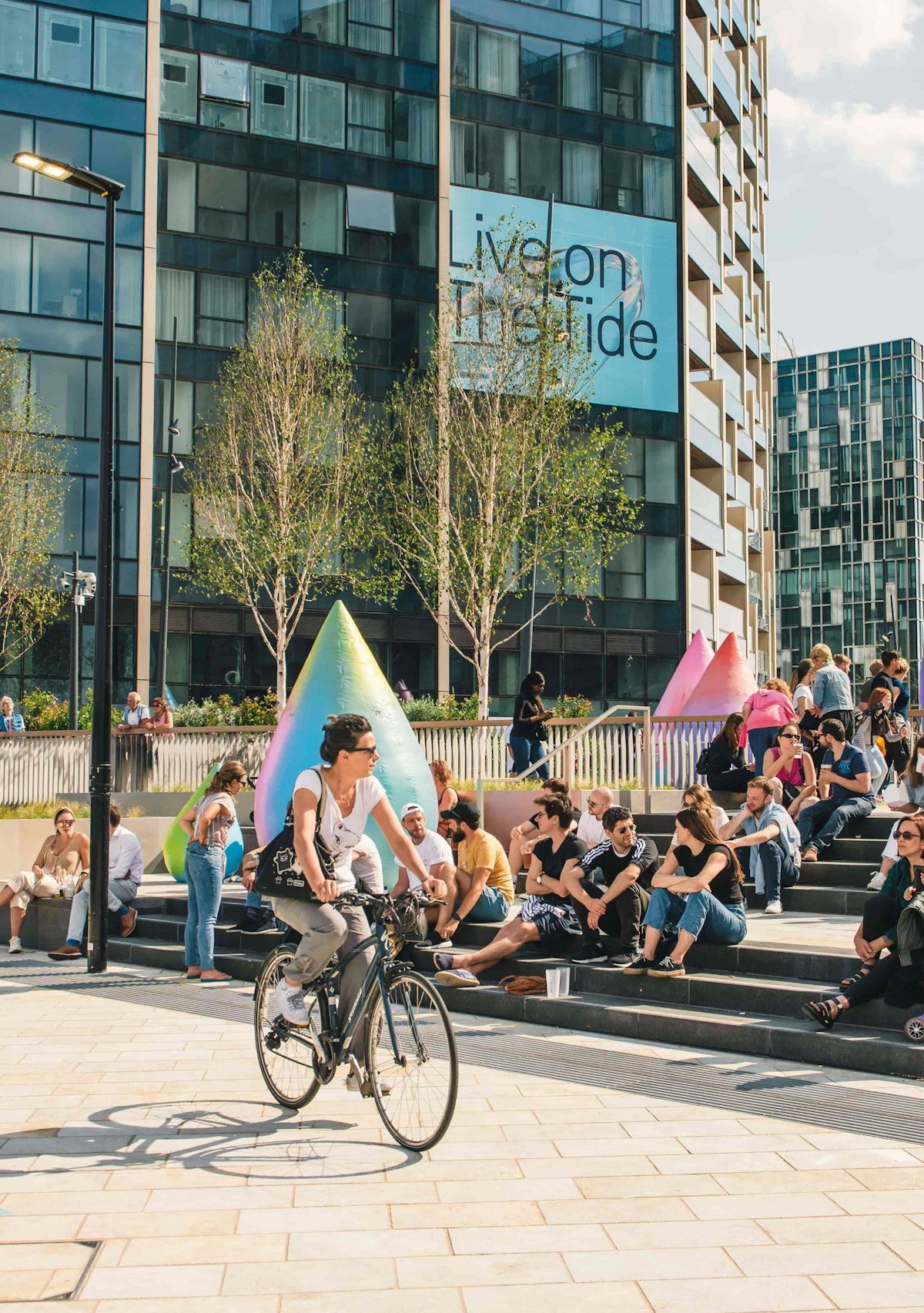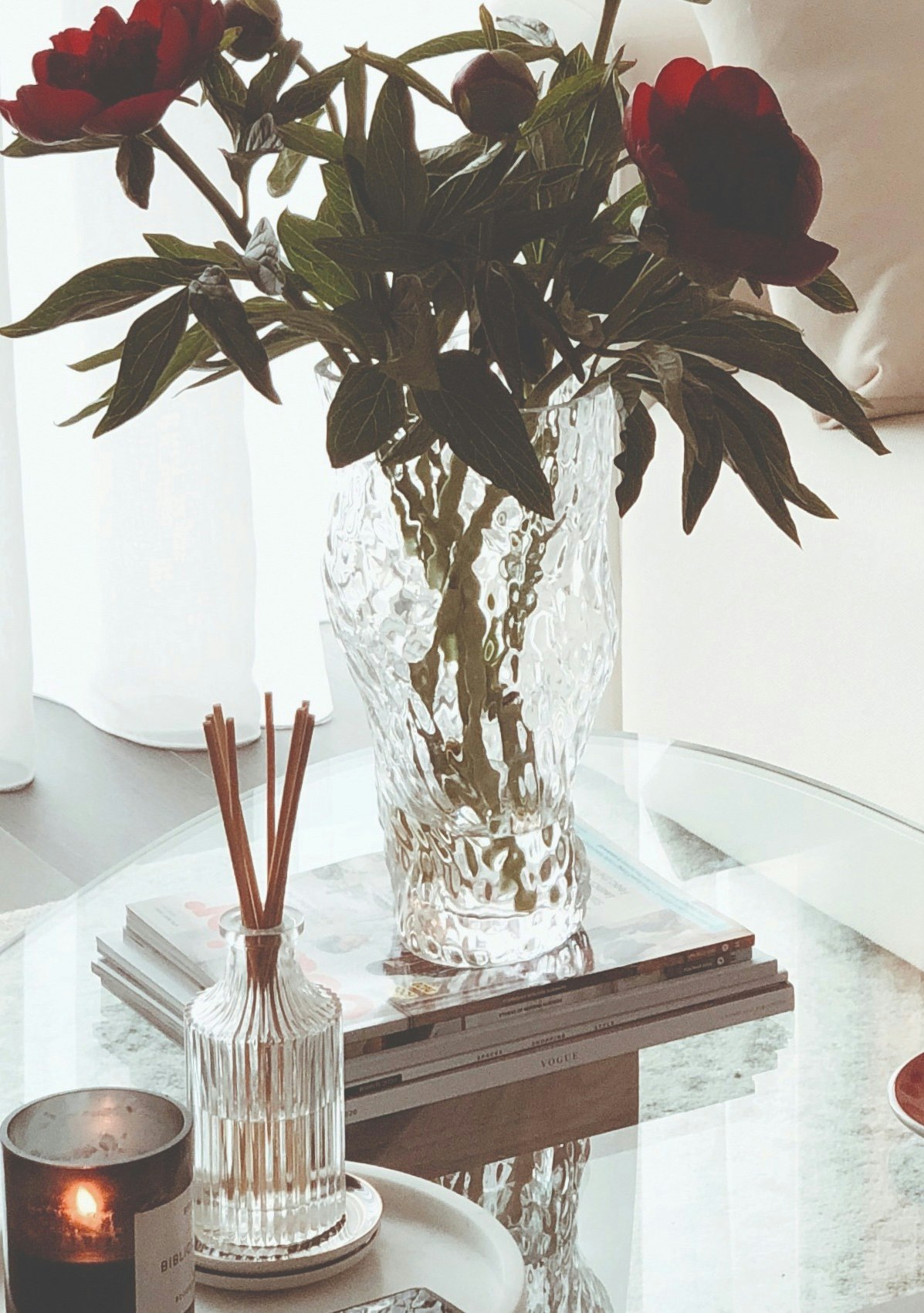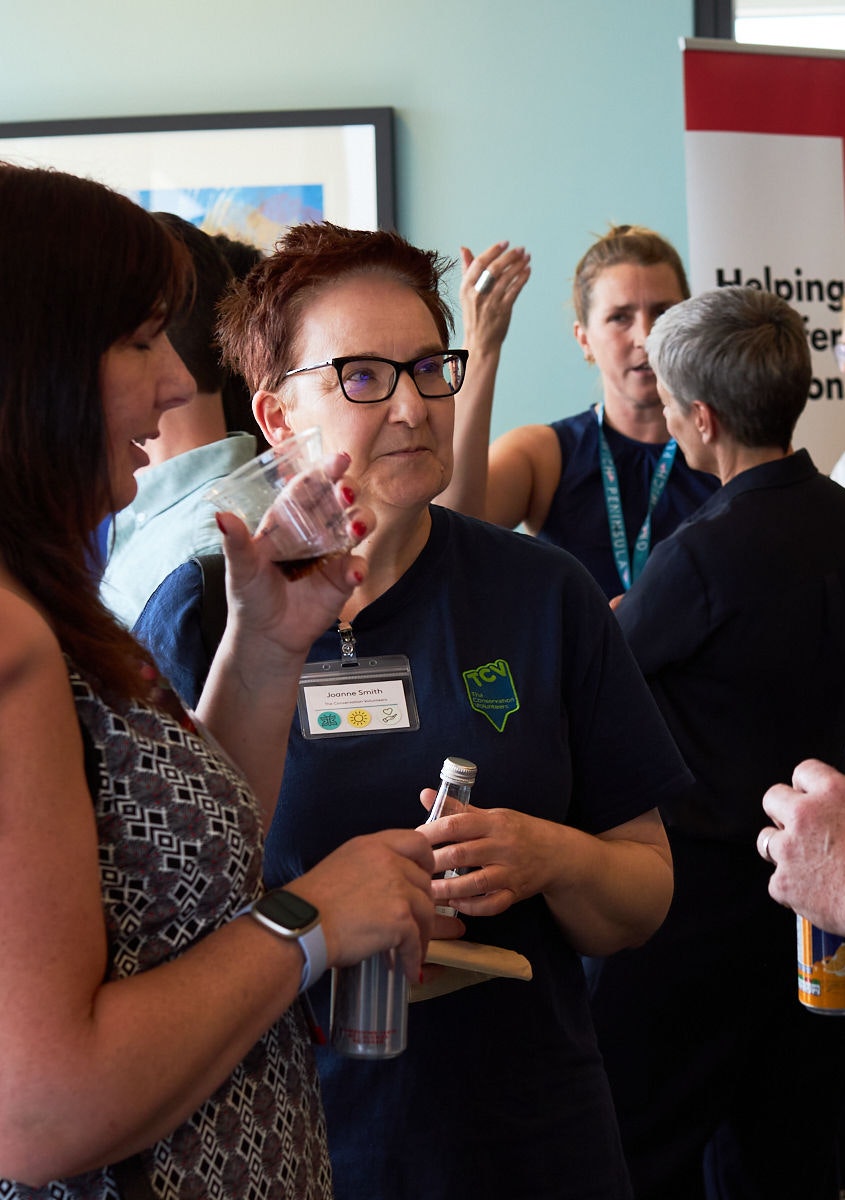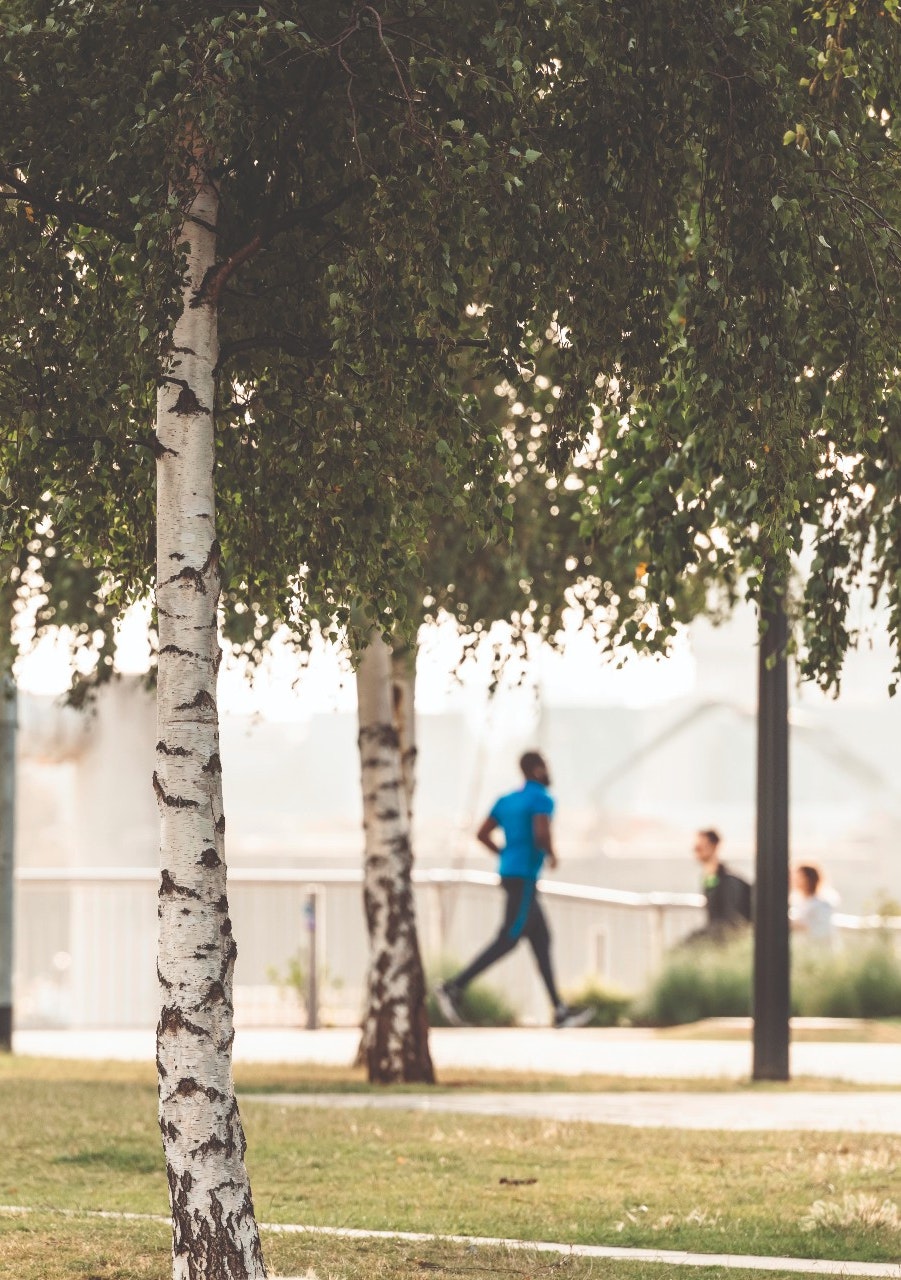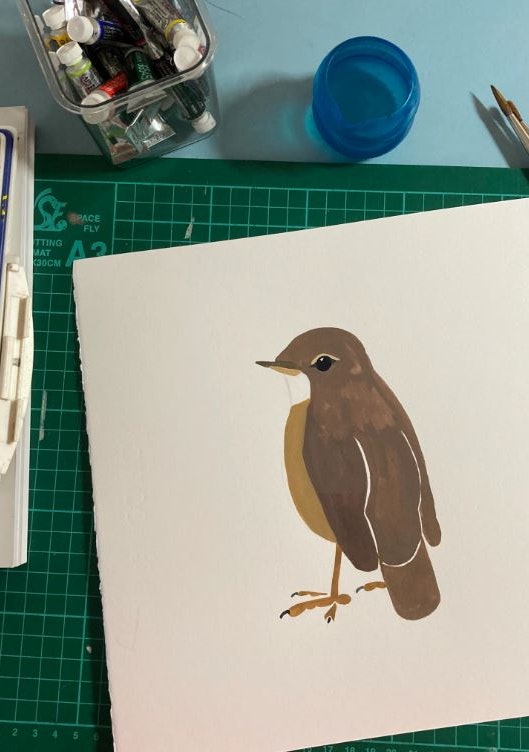
A Life Well Lived
Yen-Yen Teh, co-founder of design-led architecture practice Emulsion, knows when to stop, breathe and prioritise her wellbeing. A born and bred Londoner of Chinese-Malaysian descent, she lives in Clerkenwell, so she’s all too familiar with the trials of city-dwelling – smaller living spaces, packed commutes and the constant rush.
Yet, the advantages of London life are numerous – the creativity, the people, the ideas – if you can stay calm amidst it all. Founding Emulsion after qualifying as an architect, Yen-Yen has since established a portfolio that reaches a spectrum of architecture and interior design; from office spaces, restaurants, retail and exhibition projects. Finding a happy balance between function and aesthetics, she composes the best experience of all sorts of spaces.
Yen-Yen knows how important it is to sculpt her own home environment too, especially to support her active lifestyle surrounding family life and running a business. Her tips for living well at home are holistic. “Everybody’s increasingly mindful of how they are living physically and mentally. When we work on interiors for people’s homes it tends to be about trying establish how to bring the best out of someone’s life – how you live in the space, rather than how it’s decorated,” she says.
The concept of wellbeing has been emerging for the last decade, alongside a growing awareness of mental health. It’s a state of mind that prioritises you (and your sanity). From unrolling a yoga mat before work, blending up some fruit and veg in a Nutri-bullet, watering your plants or making time to read a good book, there are many ways to nurture your wellbeing, starting at home.
“We are quite time-starved, so it’s even more important to think about what you place in your home because you’re going to be living with it. It’s not necessarily a question of decluttering, but not having so much stuff in the first place,” says Yen-Yen who advocates wellbeing at home through ‘functional minimalism’, smart technology choices and uniquely crafted handmade objects.
Minimalism
In Fumio Saki’s book Goodbye, Things: On Minimalist living the author asks, “Is there happiness in having less?”. Saki owns only “three shirts, four pairs of trousers, four pairs of socks and not much else”. This case might be seen as an extreme lifestyle choice, but living minimally can be a practical decision too. “Quite a few homes in London are quite compact and a lot of people don’t have space or gardens, so by necessity you have to be more space efficient and have less stuff,” says Yen-Yen.
She picked out the British furniture brand Vitsœ, known for its modular shelving system, which has the ethos of encouraging customers to only buy what they need, and Yen-Yen also credits Jasper Morrison’s small shop adjoining his East London studio as the ideal place to find timeless, classic and utilitarian wares, such as tableware and glassware.
Technology
While our lifestyles feel hectic because of technology, home automation systems like Alexa or Siri can free up time, leaving us space to focus on the things that we value. For others it’s the portability of devices that’s changing how we live at home – allowing for versatility and mobility from room-to-room.
It’s a rechargeable, USB powered lantern designed by Spanish brand Marset that has changed the way Yen-Yen lives most recently. The lightweight ‘Follow Me’ lantern with a curved handle was a gift from her business partner and gives off a warm, dim light suitable for bringing some calm into any environment. “I thought I would just take it out on the balcony, but I actually ended up carrying it around the house – for dimmer light at dinner or in the bathroom,” says Yen-Yen – who has recently rediscovered her bathroom as a retreat space for moments of tranquility and solitude.
Yen-Yen also uses portable, Bluetooth connected speakers operated from a phone or computer across her home, and our smart phone devices have become remote controls for our lives. From apps that control our heating, warming the house up before we get home, to alarm clocks that mimic sunrise and provide us with the morning’s news.
Ironically tech is saving us from tech too, with apps that help us stop the mindless finger- scrolling on Instagram or checking work emails after hours. ‘On trees’ gets you to put your phone down by planting real trees as an incentive to switch off, and meditation companions like ‘Headspace’, ‘Calm’ and Buddhify offer guided meditations to focus your attention on the present.
Wabi Sabi
Apps, automation, touch screens and face recognition can all start to feel slightly overwhelming, and that’s why the Japanese concept of wabi sabi, that sees beauty in imperfection and transcience, is finding its way into our homes too. From crafting your own objects to unique finds in charity shops and fixing what’s broken, there are many ways to embrace it.
Yen-Yen owns a beautiful set of metal tea caddies that was given to her as a gift from a friend who runs Tokyobike London. While the set doesn’t match and presents an eclectic metallic mix of brass, copper and tin, it is still a treasure to her. The traditional Japanese technique of ‘kintsugi’ is part of the aesthetic too; it uses flashes of lacquer with silver, gold or platinum to mend broken ceramic – so next time you drop your favourite mug, mend it and bring some wabi sabi into your home.The process behind the making of an object for your home, or someone else’s, can be very therapeutic. “I took up crocheting about a year ago,” says Yen-Yen, “It’s quite mathematical – I worked out how to make a particular triangle grid pattern and made a giant geometric blanket and then a colour block blanket for my brother’s 40th.”
“Every other person I meet has started doing something like pottery or some other sort of making”, says Yen-Yen. “People are finding an opportunity to take time out for themselves to learn something, and that’s like practical meditation. It’s certainly a good way for an urban dweller way to stay calm!”

